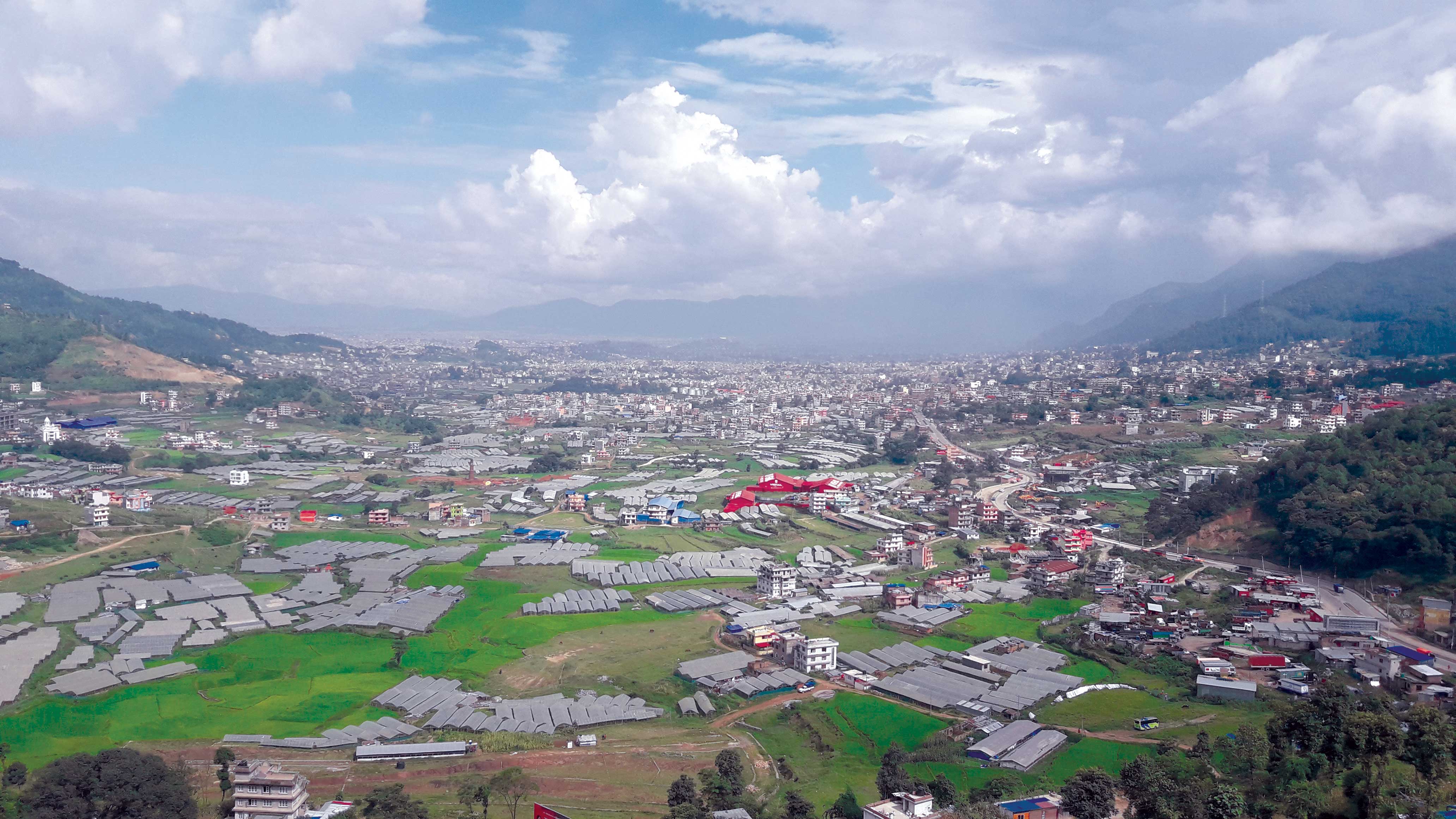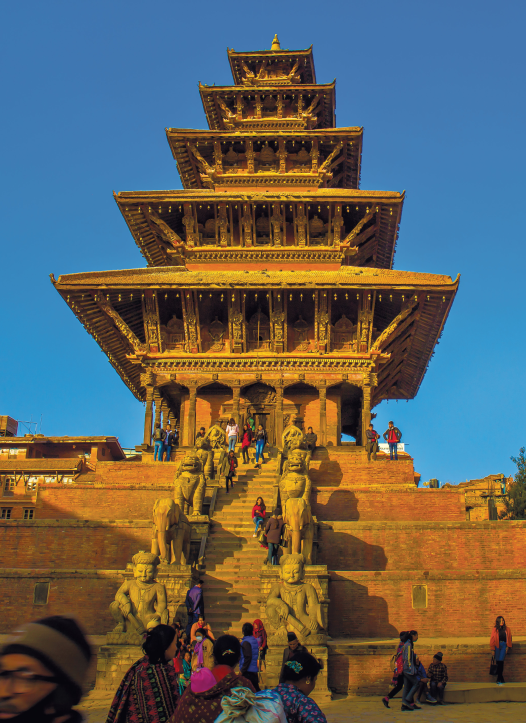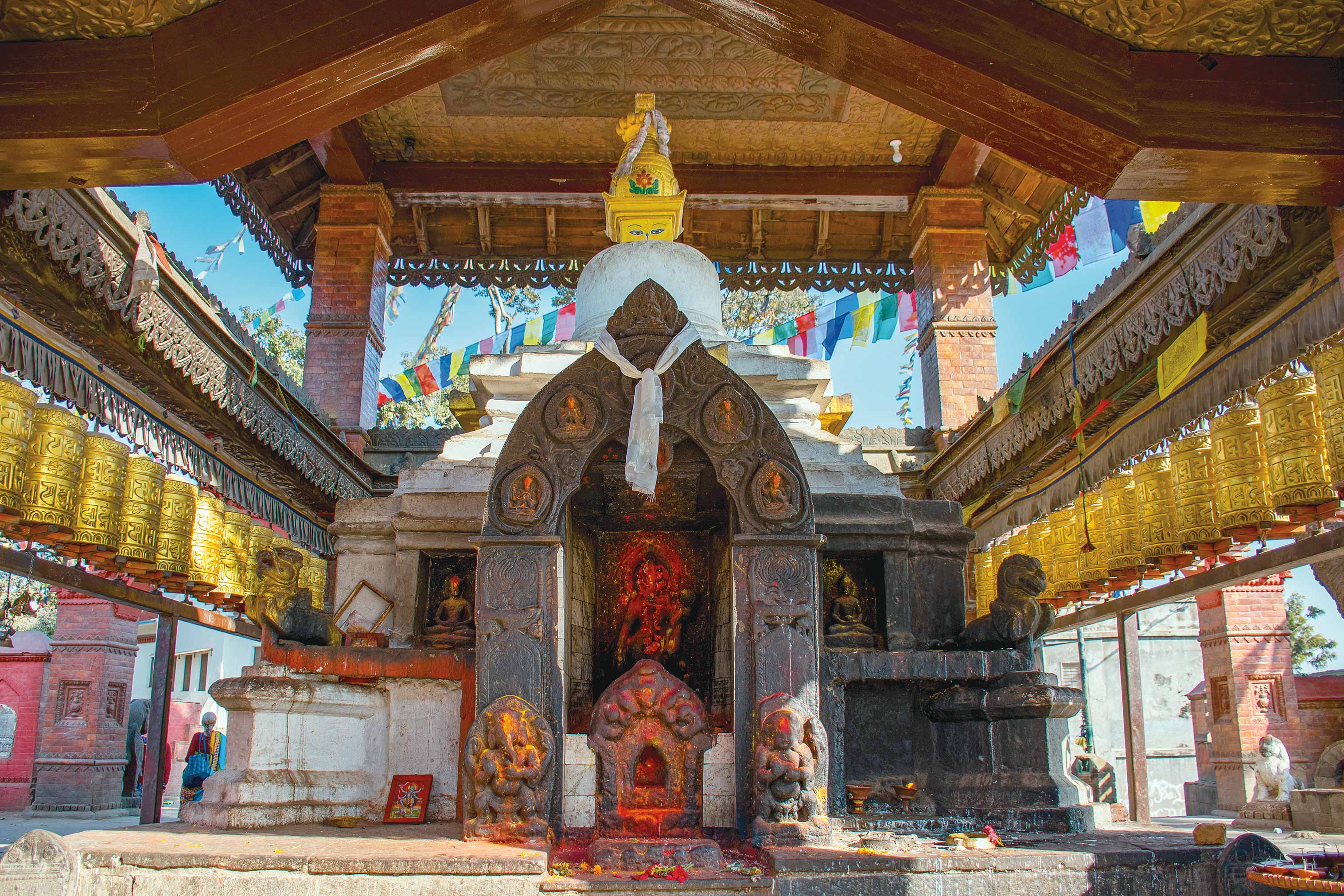The charisma and legend of the Maryada Purushottam we know as Lord Rama, seems to have faded among failing relationships and broken marriages.
Hare Rama, hare rama, rama rama, hare hare!’—Loud voices repeat the chant as even louder bells ring in the background; prasad and puja thalis are nearby and lit diyos and flowers adorn the small personal shrine. Every year, the Chaitra Shukla Paksha—the ninth day of the bright fortnight of Chaitra—marks the birthday of the deified hero of the Ramayana, Lord Rama. Commemorating the same godly king of Ayodhya is the festival Ram Navami.
 Lord Rama is considered the seventh avatar among the dashavatars of Lord Bishnu. Legend has it that Lord Bishnu took human form as the much-yearned for son of King Dasharatha to slay the demon Ravana and liberate the people from his menace. As obedient a son as he is a loving husband and glorious ruler, Lord Rama is touted as Maryada Purushottam, literally ‘the ideal man’. Hindus regard him as the epitome of morality, wisdom, courage and compassion. The celebration of his birthday is, therefore, a hearty affair for any follower of Ramayana.
Lord Rama is considered the seventh avatar among the dashavatars of Lord Bishnu. Legend has it that Lord Bishnu took human form as the much-yearned for son of King Dasharatha to slay the demon Ravana and liberate the people from his menace. As obedient a son as he is a loving husband and glorious ruler, Lord Rama is touted as Maryada Purushottam, literally ‘the ideal man’. Hindus regard him as the epitome of morality, wisdom, courage and compassion. The celebration of his birthday is, therefore, a hearty affair for any follower of Ramayana.
On the day of the festival worshippers rise early and, after performing their morning ablutions, worship the sun. Some even take a dip in holy rivers for virtuous purification, while staunch devotees fast throughout the day. While fasting is not a requisite, it is observed with great sanctity. To cherish the exact time of the birth, the puja usually begin at noon and continue throughout the day. At home, families call upon family priests and members gather together to offer prayers and other religious offerings like incense, flowers, sweets and fruit. Typical of other Nepali festivals, temples are packed with people hoping to attain religious purity.
The celebrations are particularly spectacular at the Ram Mandir of Janaki Temple, Janakpur where pilgrims from all over Nepal and from India throng in large numbers to pay homage. They read out the Ramyana, sing devotional songs extolling the virtues of Lord Rama and dance to the same. There are huge processions of elephants and bullock carts pull vibrantly decorated chariots. These carry children dressed up gaily as Lord Rama, his wife Sita and his brothers Bharat and Shatrughan. The processions go through the city and are a major attraction, as thousands of people mill around and sing the lord’s praises.
Lord Rama, as portrayed in the epic, is the personification of truth and purity. Thus, the grand affair of his birth also offers a chance for moral reflection: how to follow the same path that we idolize. For years people have sworn and lived by the principles embodied by Rama, the ruler of Ayodhya, Lord Rama. Many still do. However, for others, the significance of these principles has been undermined by material concerns. This has led to an overall attenuation of interest towards the festival in the younger generation, marking a gradual death of the festival.
Ram Navami and Lord Rama form an invaluable part of our lore and religion. Although Rama and the Ayodhya are long gone, the lessons taught by his life: of ethics and righteousness, dedication and character, are revered virtues that hold true and should continue to be treasured.

A Cuppa to Start the Day
Having a cup of tea in the early morning is almost a ritual for many Nepali homes and the practice...










